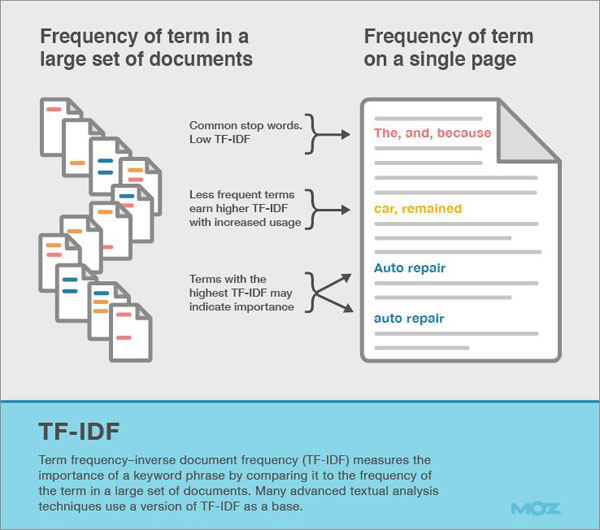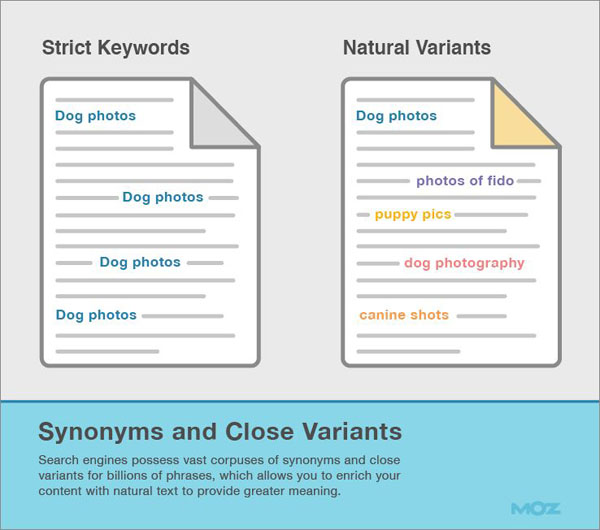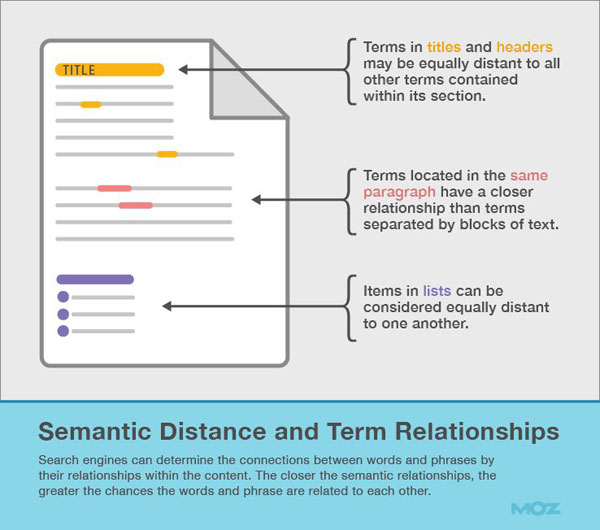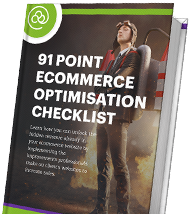If you have mastered the basics of SEO optimization, then you might be wanting to move on to more advanced concepts. This is something that you should only really do when you have received all the positive results you are looking for through basic SEO. When you do, you should feel confident to move on to more advanced methods. In most cases, the advanced techniques are actually not that difficult to implement once you get the hang of things.
Here we will take a look at some of the advanced SEO methods that you can use on your site, and how to make sure that they are all implemented effectively.
Keyword Usage And Placement
One thing to remember at all times is to use keywords in the necessary areas. As long as your keyword appears in the title, page URL, body text, and the alt text for the image, then your page should be fully SEO optimized for that word.
It is a popular misconception that putting the keyword into your content a few more times will help improve your rankings. As long as it is mentioned at least once, then your site should benefit from optimization.
Term Frequency-Inverse Document Frequency (TF-IDF)
TF-IDF is a term used for advanced keyword use. Instead of measuring how often a keyword appears in one piece of content, it measures how important a keyword is by seeing how often it appears in a large range of documents.

This is a very advanced method of keyword usage, but it only marginally improves your page ranking. It is a very important part of advanced SEO techniques, but it won’t guarantee you better results than basic keyword usage.
Related Searches And Synonyms
When people are typing a query into a search engine, there is no guarantee that the engine will fully understand what they are searching for. Synonyms now play a part in over 70% of searches, so it has now become a problem that search engines have needed to address.
In order to solve this problem, search engines are now using related results that are programmed to appear in search results when synonyms are used. For example, if you searched for ‘cat pics’ then you will also get results for ‘cat pictures’ and ‘cat photographs’ among others.

Because of these changes, search engines have become smarter. This means that your content has to take this intelligence into account. When you are using strict keywords, make sure you use a few variations in your copy as well. Make sure the variations appear in the copy naturally, just like you would when you are using strict keywords.
Using variations also gives you the chance to make your keywords more precise. In some cases, your chosen keyword could be seen to have several meanings and therefore creates a risk of showing up in search results it’s not intended for. Variations add a little meaning and allow search engines to understand your chosen keyword a little better.
Page Organisation
Google and Microsoft have both been running tests for the last few years, and they have found that where you put your keywords and content is more important than how often it appears. Every web page has several sections where content can be placed. Most pages have a header and a main body of text, while others could have a footer or sidebars. The main body and the headline have proven to be the most effective place to put your keywords and important content.
It is also becoming more and more important to create content that can be viewed on a mobile device easily. If your web pages have things like sidebars, then it will make it that little bit harder for them to be viewed on a mobile screen. Thanks to advances with HTML however, there are ways to make sure that all your keywords and important content are in the places that are more likely to get the reader’s attention.
Distance Between Keywords And Related Terms
As we have seen with synonyms and related searches, using similar terms to your keywords is a good way of getting the right kind of results when it comes to search engine rankings. In order to get the best results from this, you need to make sure that the distance between keywords and related terms is healthy.

If you have the related term in the same paragraph as the keyword, then you will get good semantic results. If however they are separated by several blocks of text then you will not get the results you are looking for. Try and make sure all your related terms are close by, but not so close that they seem unnatural. If you are able to use them a couple of sentences later in a natural way, then you will be able to improve your on-page SEO drastically.
These are just some of the ways that you can improve the SEO of your page with advanced techniques. The most important thing to remember is that you need to keep the content relevant and informative even though you are making technical changes. It is a tricky thing to master, but once you do, you will have a site that is optimized to the highest standard.
Images were taken from moz.com.




